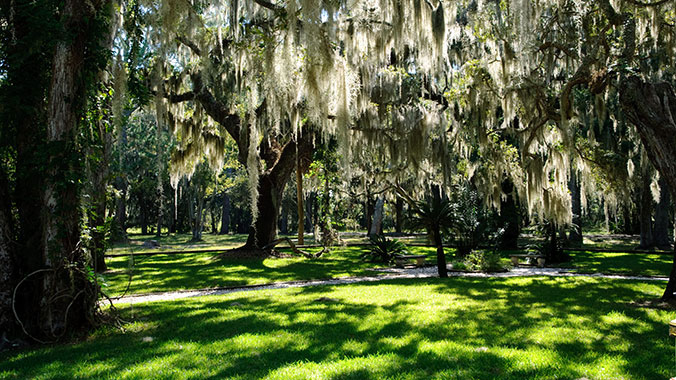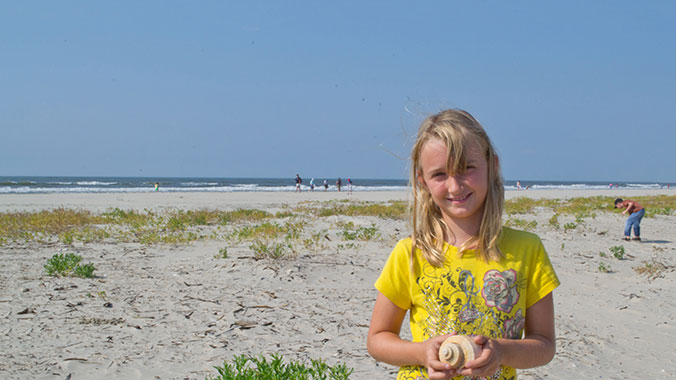Georgia/South Carolina
Discover Georgia’s Barrier Islands With Your Family
Program No. 23552RJ
Haul in great adventure as you and your family sail on a shrimp boat, climb a storied lighthouse, meet injured sea turtles and search for nesting turtles on a night walk on the beach!
LODGING & MEALS
Lodgings may differ by date. Select a date to see the lodgings specific to that date.
Showing Lodging & Meals For:
Lodging and meal options may differ by date. Select a date to see the information specific to that date.
What You'll Eat
5
Breakfasts
3
Lunches
4
Dinners
Total:
12 Meals



